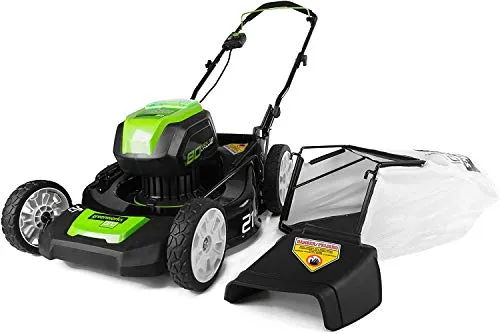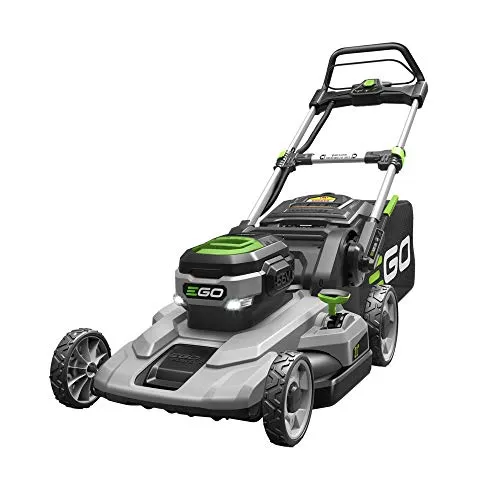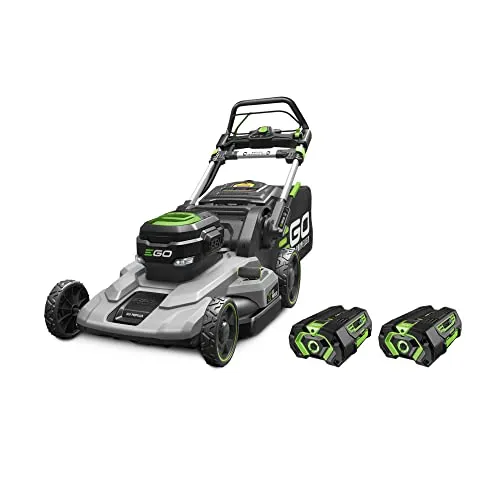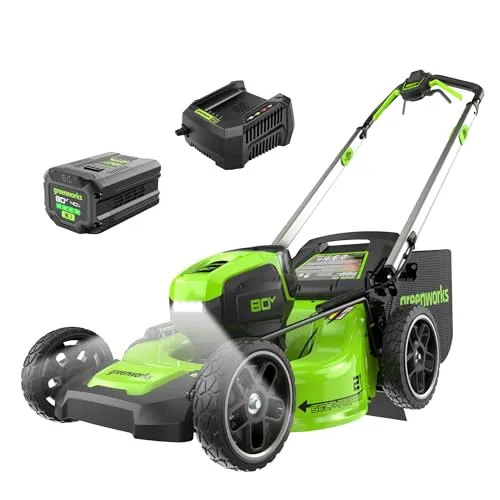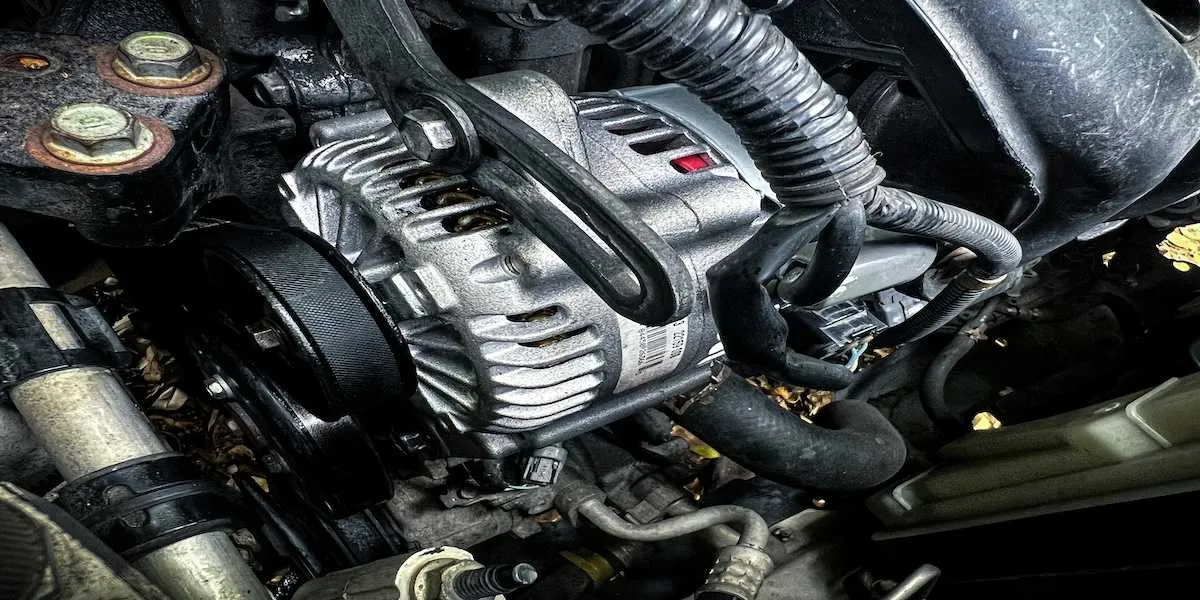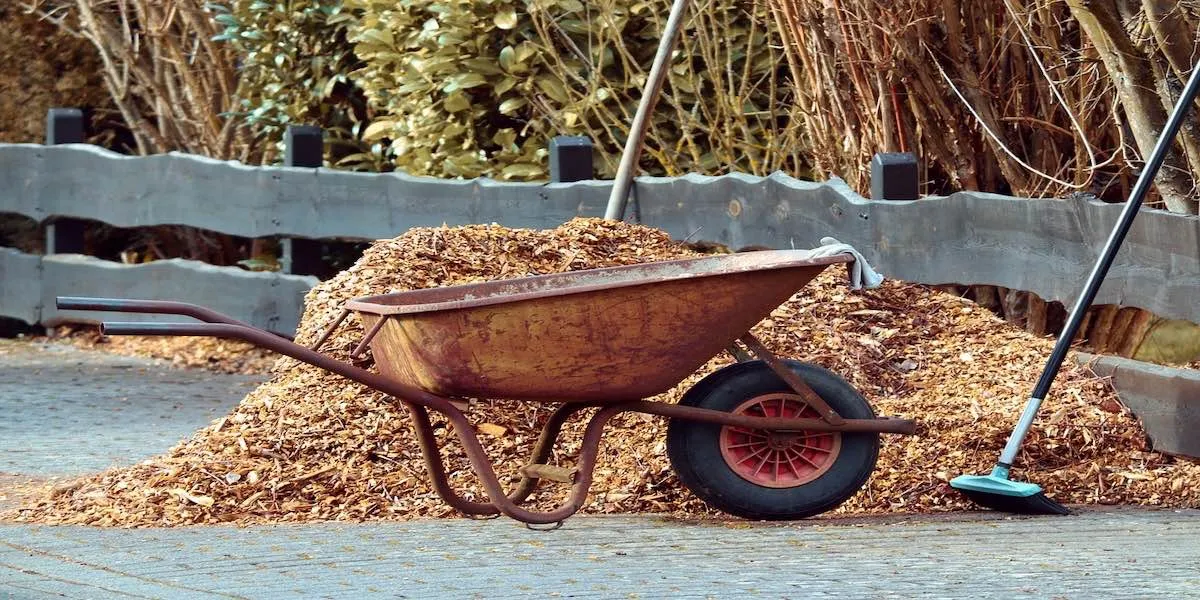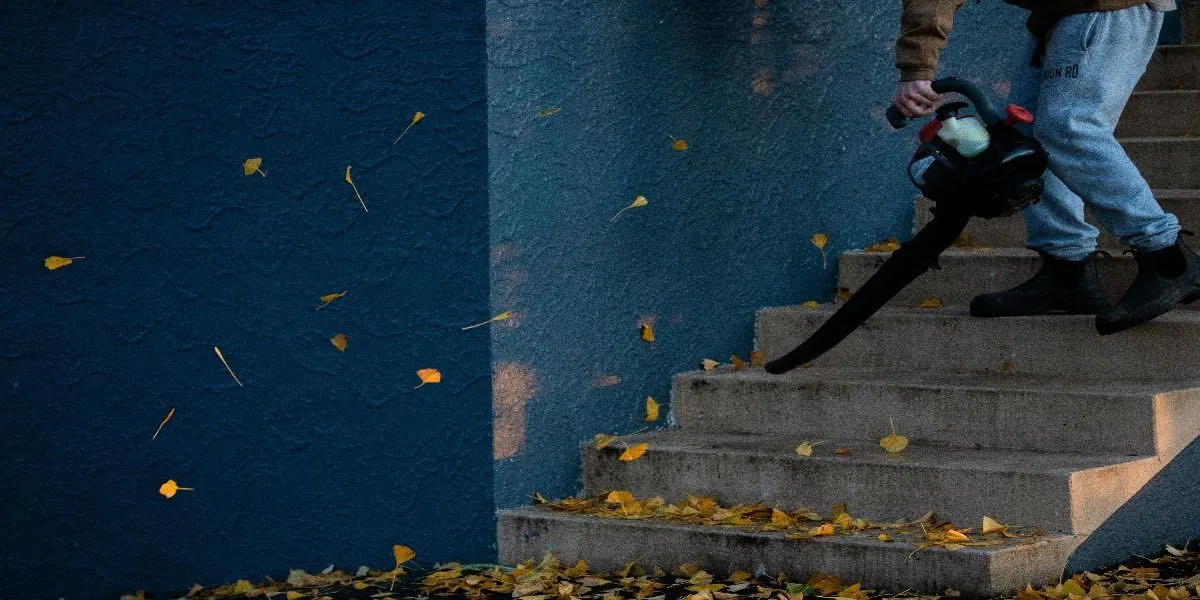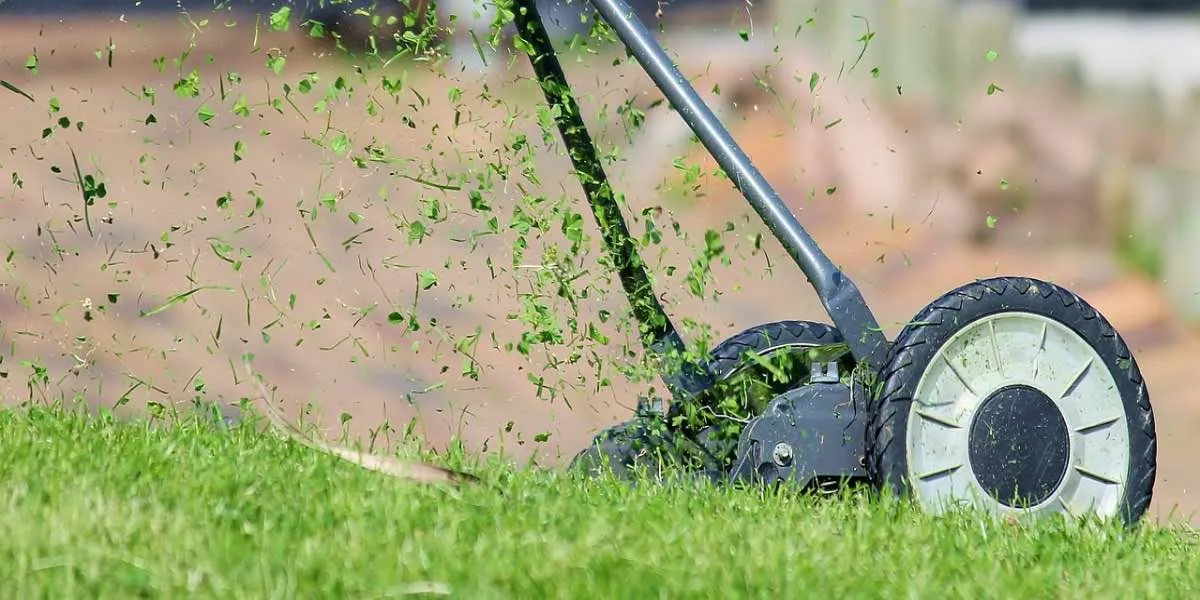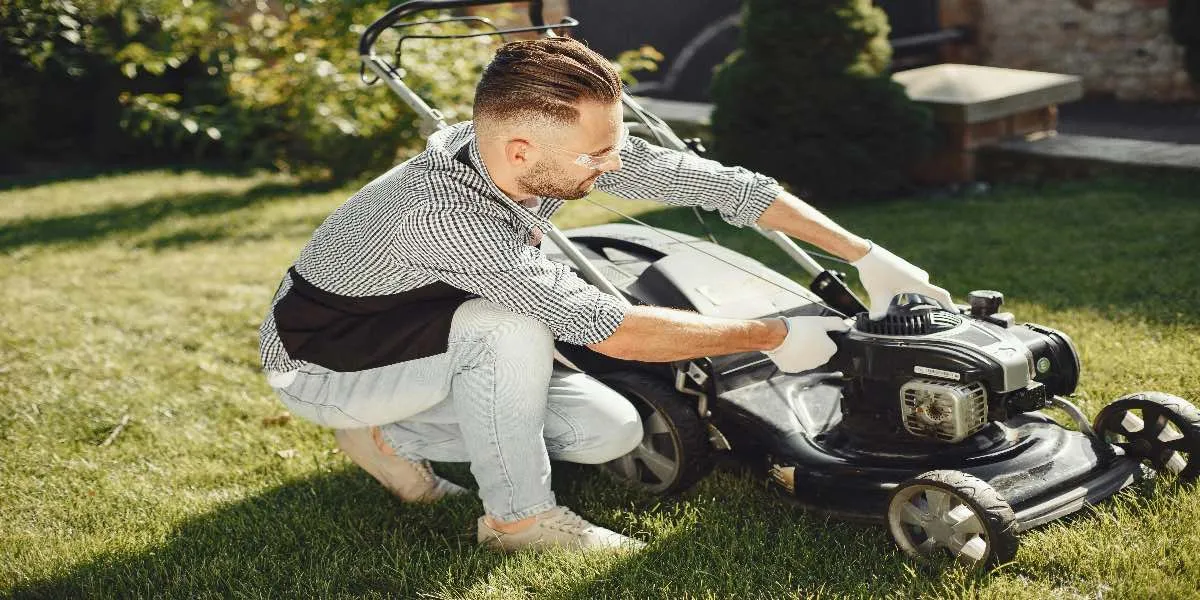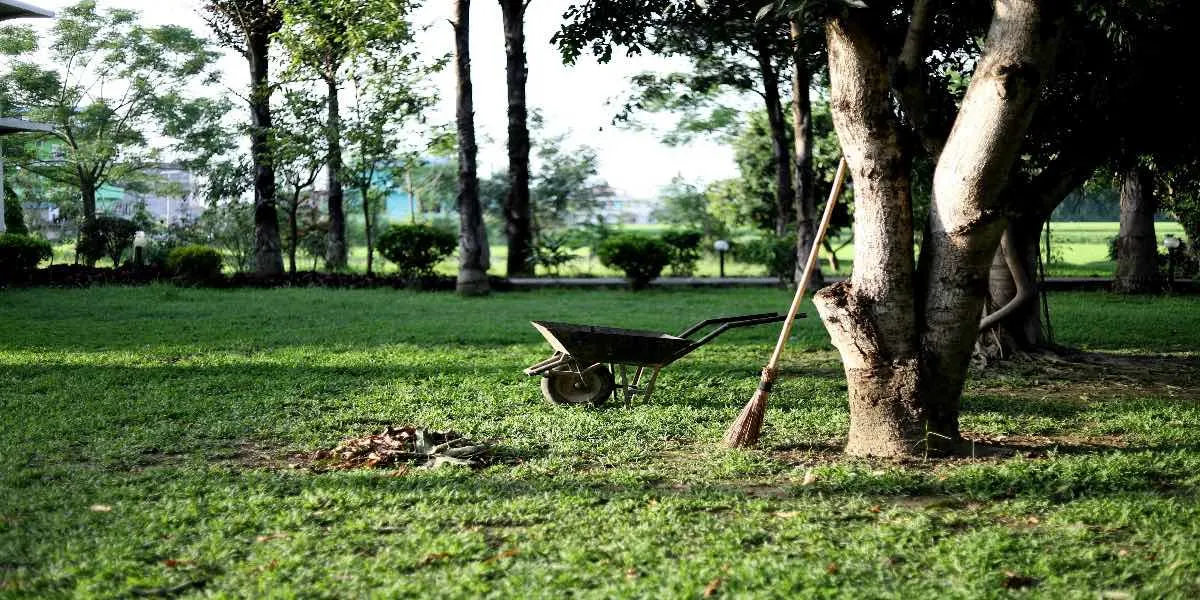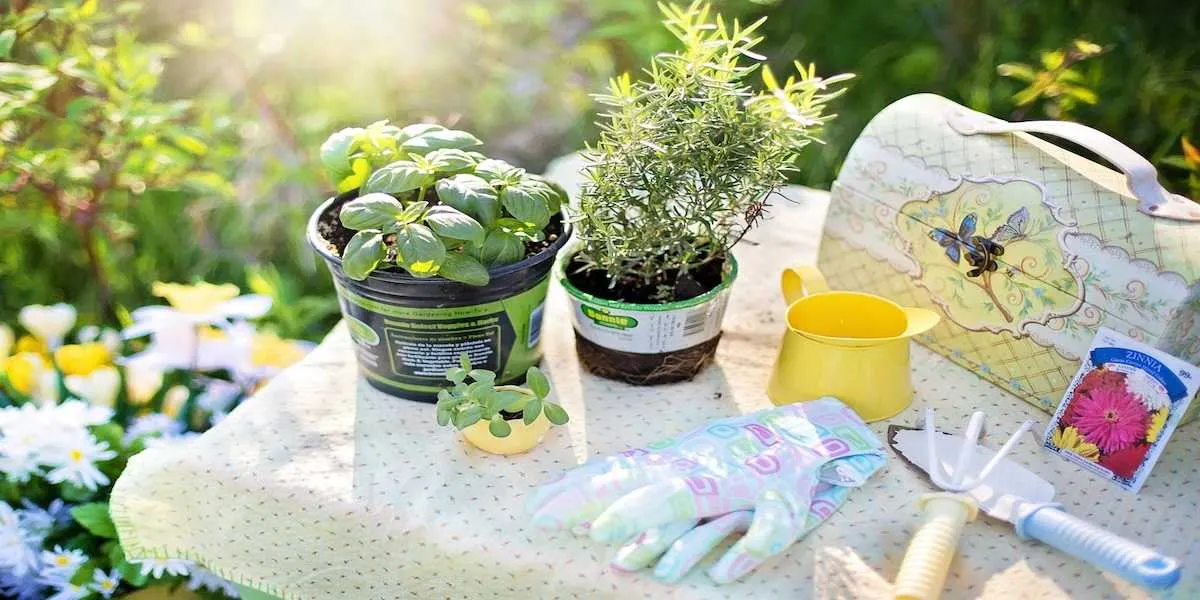What is a Weed Eater? Tips to Use a Weed Whacker Like a Pro
Tools Official on Jun 5, 2024

We earn affiliate commissions at no extra cost to you.
If you're wondering what a weed eater is and find the name strange, you're not alone.
Many who aren't familiar with gardening or landscaping will often think it's some sort of a pun and not an actual name for a gardening tool.
But yes. Weed eater is a legit gardening equipment.
If you're interested in learning more, read on.
What is a weed eater?
A weed eater also known as a weed whacker, string trimmer, weed trimmer, whipper snipper, and a whole lot of other names, is a handheld gardening tool used for cutting grass, weeds, and other small plants. The tool typically consists of a long shaft with a handle on one end and a cutting head on the other. The cutting head is a rapidly spinning nylon string or blade that slices through vegetation with ease.
Why is it called a weed eater?
The term "weed eater" was popularized by the Weed Eater brand. It was the first company to manufacture and market string trimmers in the early 1970s. The inventor, George Ballas, envisioned a tool that could easily trim around obstacles and in tight spaces where lawn mowers couldn't reach. He named his invention Weed Eater because it "eats" through weeds, much like how animals graze on grass.
Over time, the term "weed eater" became synonymous with string trimmers, the same way we associate facial tissues with Kleenex and bandages with Band-Aid.
Types of String Trimmers
1. Gas-Powered
Gas-powered weed eater are known for their power. They are ideal for large areas and heavy-duty tasks. However, they tend to be heavier, noisier, and require more upkeep compared to their battery-powered counterparts.
2. Electric
Electric weed eaters are popular for their ease of use and low maintenance. They are typically lighter and quieter than gas-powered models. These trimmers are ideal for small to medium-sized yards but are limited by the length of the power cord, which can restrict mobility.
3. Battery-Powered
Battery-operated weed wackers offer the convenience of cordless operation without the noise and emissions of gas-powered models. They are fueled by rechargeable batteries, providing a balance between power and portability. Advances in battery technology have significantly improved their performance and runtime, making them a viable option for most homeowners.
Weed Eater vs Lawn Mower
Weed eaters and lawn mowers are both tools used for cutting grass, but they each have their own unique advantages.
Lawnmowers are designed to cut large swaths of grass quickly and efficiently. These machines use one or more rotating blades to cut them at an even height. They are great for large yards and areas with relatively flat terrain.
Weed eaters, on the other hand, are perfect for precision work, such as trimming around trees and garden beds. Unlike lawnmowers, which are often on the heavier side, weed hackers are designed for portability, making them easier to maneuver in tight spaces and small lawns.
How do I use my weed whacker for lawn care?

If you don't know how to use a weed eater, here are the steps you need to follow to ensure you stay safe and achieve great results.
Step 1: Suit up and make safety a priority.
Before you use a weed whacker, **wear protective gear. **This includes safety glasses to protect your eyes from flying debris, work gloves for better grip, long pants to shield your legs, and sturdy boots for your feet. Also, make sure the area you're working in is clear of obstacles - rocks, sticks, and people. Weed eaters can throw debris at high speeds so protection is crucial.
Step 2: Inspect your equipment.
Check the weed eater for any damage or signs of wear. Ensure the guard is securely in place and that the cutting line or blade is in good condition. If you're using a gas-powered model, check the fuel levels and the air filter. Better yet, familiarize yourself with the specific model you own by checking the owner's manual it came with.
Step 3: Choose the right cutting line.
Choose the right cutting line thickness depending on the type of vegetation you're dealing with. Thicker lines are better for tougher weeds or small plants, while thinner lines work well for grass and light trimming.
Step 4: Start the weed eater.
For electric models, simply plug in or switch on the battery. For gas-powered ones, follow the starting procedure based on the user manual. This typically involves, priming the engine, setting the choke, and pulling the starter cord.
Step 5: Adjust the handle and strap.
Adjust the handle to a comfortable position and secure the shoulder strap, if available, to distribute weight evenly. This will help reduce fatigue and improve control. You must also hold the weed wacker with both hands, while keeping a firm grip on the handles.
Step 6: Begin trimming.
Hold the weed eater at a slight angle to the ground and start trimming by moving it in a side-to-side motion. Keep the cutting line parallel to the ground for an even cut. Be mindful of the area you're working on to avoid hitting concrete and other hard surfaces as this can damage the cutting line. Start at the edges of your lawn or garden beds and work your way inward. Move at a steady pace.
Step 7: Clean up and store.
Once you've finished trimming, turn off the weed eater and disconnect it from the power source if it's electric. Clean the cutting head and remove any debris. Store the weed eater in a dry, safe place.
Other Uses of Weed Eater
While primarily used for trimming grass and weeds, a weed eater has several other practical applications. Here are some of them.
1. Edging
Many weed whackers can double as an edger. Edging your lawn creates a clean and defined boundary between the grass and sidewalks or driveways. By turning the weed eater on its side, you can use the cutting line to create sharp edges along these areas and give your lawn a polished look.
2. Clearing brush
In addition to trimming grass, you can also use the device to trim around trees and shrubs. Heavy-duty weed trimmers can tackle tougher vegetation like bushes and overgrown areas, clearing away thick brush efficiently.
3. Removing moss from paving
If you have moss or weed growing in between your paving stones or bricks, you can use your weed wacker to remove them. This method is less strenous than manual removal and is great for keeping your pathways neat.
How to string a weed eater

1.Turn off your weed eater by disconnecting it from any power source.
2. Locate the spool housing on the cutting head and remove it. Sometimes you'll need to unscrew a cap.
3. Cut a length of string according to manufacturer recommendations. It's usually between 15 to 25 feet.
4. Insert one end of the string into the anchor hole on the spool.
5. Wind it tightly in the direction indicated by the arrows on the spool. Leave a few inches of the string unwound.
6. Clip the loose end of the string into the retaining slots on the spool to keep it from unwinding.
7. Replace the spool into the housing and pull the loose ends through the exit holes. Snap or screw the cap back into place.
8. Turn on the weed eater and let it run briefly to ensure the string is feeding correctly.
How can I maintain my weed eater?
Like any other tool, weed whackers require regular maintenance. If you don't know where to start, here are some things to keep in mind to help you maintain your tool like a pro.
- Clean the cutting head and shaft after each use to remove grass clippings and debris.
- Regularly inspect the string and replace it as needed. Worn or frayed strings can reduce cutting efficiency.
- For gas-powered models, check the spark plug periodically. Replace if it shows signs of wear or damage.
- Clean or replace air filter as per the manufacturer's instructions.
- Apply lubricant to the moving parts such as the shaft and cutting head.
Wrapping Up
Well, that's it for now about weed eaters.
Remember to follow the steps outlined above and regularly maintain your equipment to keep it functioning well. If you apply them to your gardening tasks, we're sure you'll be well-equiped to handle your yardwork safely and efficiently.
Happy trimming!

